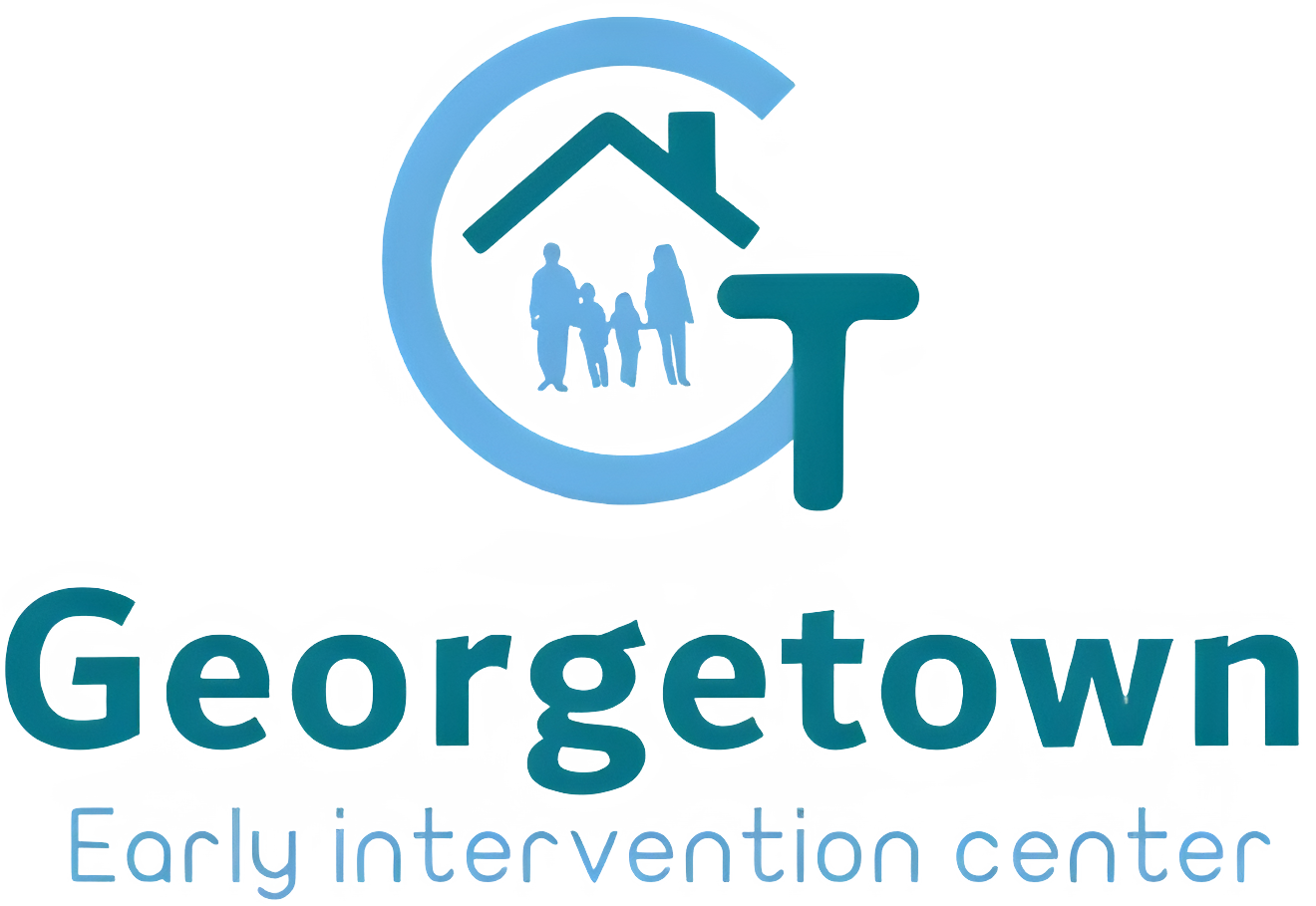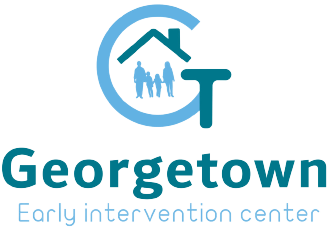Introduction:
Autism Spectrum Disorder (ASD) is a complex neurodevelopmental condition that affects individuals in various ways. For parents and caregivers of children with ASD, finding effective therapies and interventions is crucial to support their development and well-being. One such highly regarded and evidence-based approach is Applied Behavior Analysis (ABA) therapy. In this comprehensive guide, we’ll delve into the world of ABA therapy, exploring its principles, benefits, and how it can make a positive impact on the lives of children with ASD.
Understanding Autism Spectrum Disorder:
Before we dive into ABA therapy, it’s essential to grasp the fundamentals of ASD. Autism is characterized by challenges in social interaction, communication difficulties, and repetitive behaviors. Its spectrum nature means that no two individuals with ASD are alike, and the severity of symptoms can vary widely. Early diagnosis and intervention are key to helping children with ASD thrive.
What is ABA Therapy?
Applied Behavior Analysis is a structured, scientifically validated approach to understanding and modifying behavior. ABA therapy is highly individualized and focuses on enhancing socially significant behaviors while reducing challenging ones. It can address various skill areas, including communication, social skills, daily living skills, and more. ABA therapists use data-driven methods to assess, plan, implement, and evaluate interventions systematically.
Key Principles of ABA Therapy:
- Positive Reinforcement: ABA therapy relies on positive reinforcement, meaning that desired behaviors are rewarded to increase their occurrence. This principle motivates individuals with ASD to learn and engage in appropriate behaviors.
- Data Collection: ABA therapists collect and analyze data to track progress and make informed decisions about treatment adjustments. This data-driven approach ensures that interventions are effective and tailored to each child’s needs.
- Individualization: ABA therapy recognizes that each child is unique. Treatment plans are customized to target specific goals and challenges, maximizing the chances of success.
Benefits of ABA Therapy: ABA therapy offers a wide range of benefits for children with ASD and their families, including:
- Improved Communication: ABA can help children with ASD develop verbal and non-verbal communication skills, fostering better social interactions.
- Enhanced Learning: The structured nature of ABA therapy promotes skill acquisition in various domains, from academics to daily living tasks.
- Behavior Management: ABA equips parents and caregivers with effective strategies to manage challenging behaviors, reducing stress for both the child and the family.
- Increased Independence: Children with ASD can develop greater independence and self-sufficiency through ABA therapy, contributing to a higher quality of life.
Getting Started with ABA Therapy:
If you’re considering ABA therapy for your child with ASD, it’s essential to begin with a comprehensive assessment conducted by a qualified ABA therapist. This assessment helps identify your child’s strengths, challenges, and specific goals for intervention. A tailored treatment plan is then developed, outlining the targeted behaviors and strategies to achieve them.
In Conclusion:
ABA therapy is a valuable resource for children with Autism Spectrum Disorder. Its evidence-based approach, focus on individualization, and commitment to positive outcomes make it a widely recognized and effective intervention. With the right support and a dedicated team of professionals, children with ASD can make significant progress and achieve their full potential.


